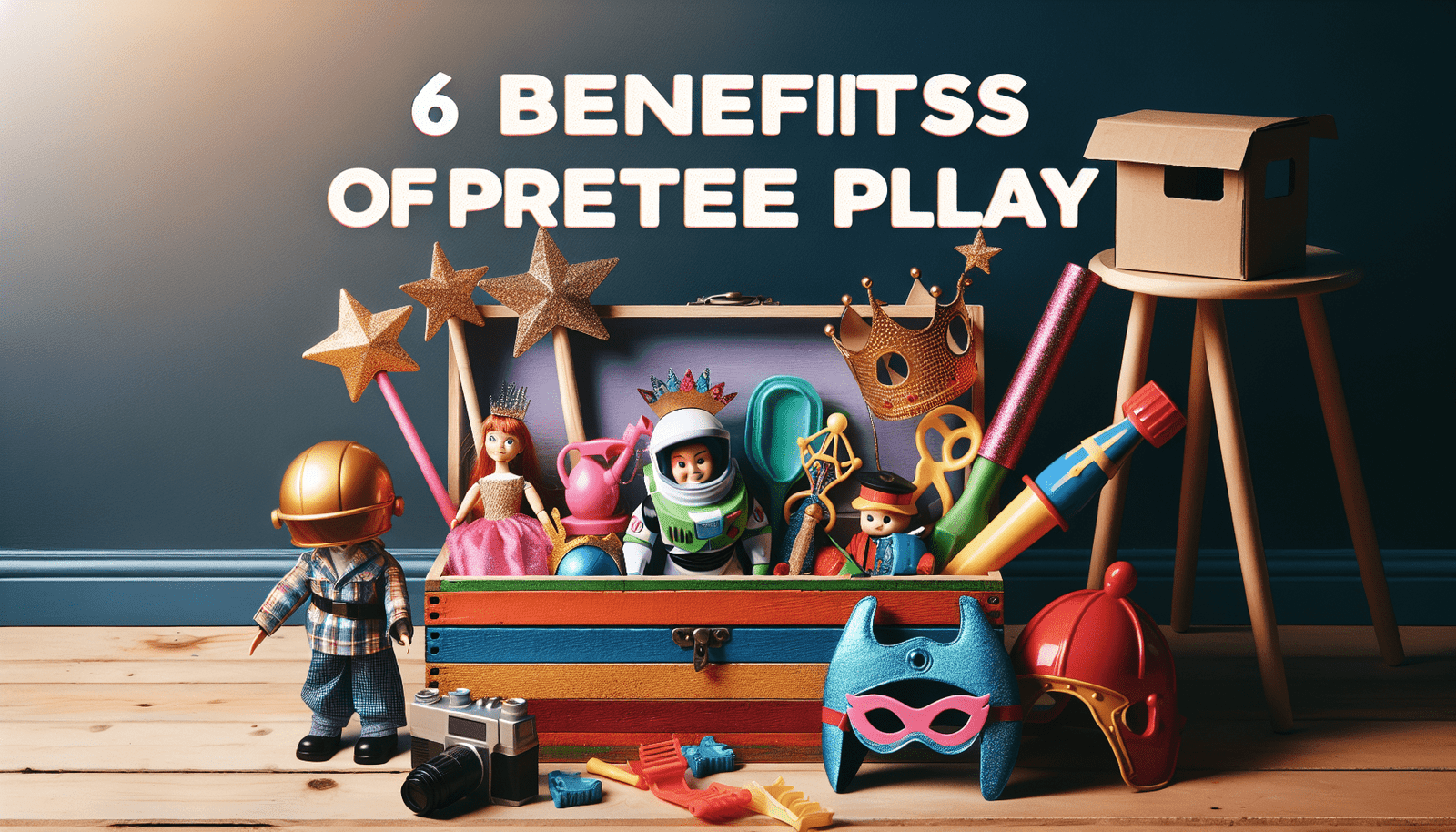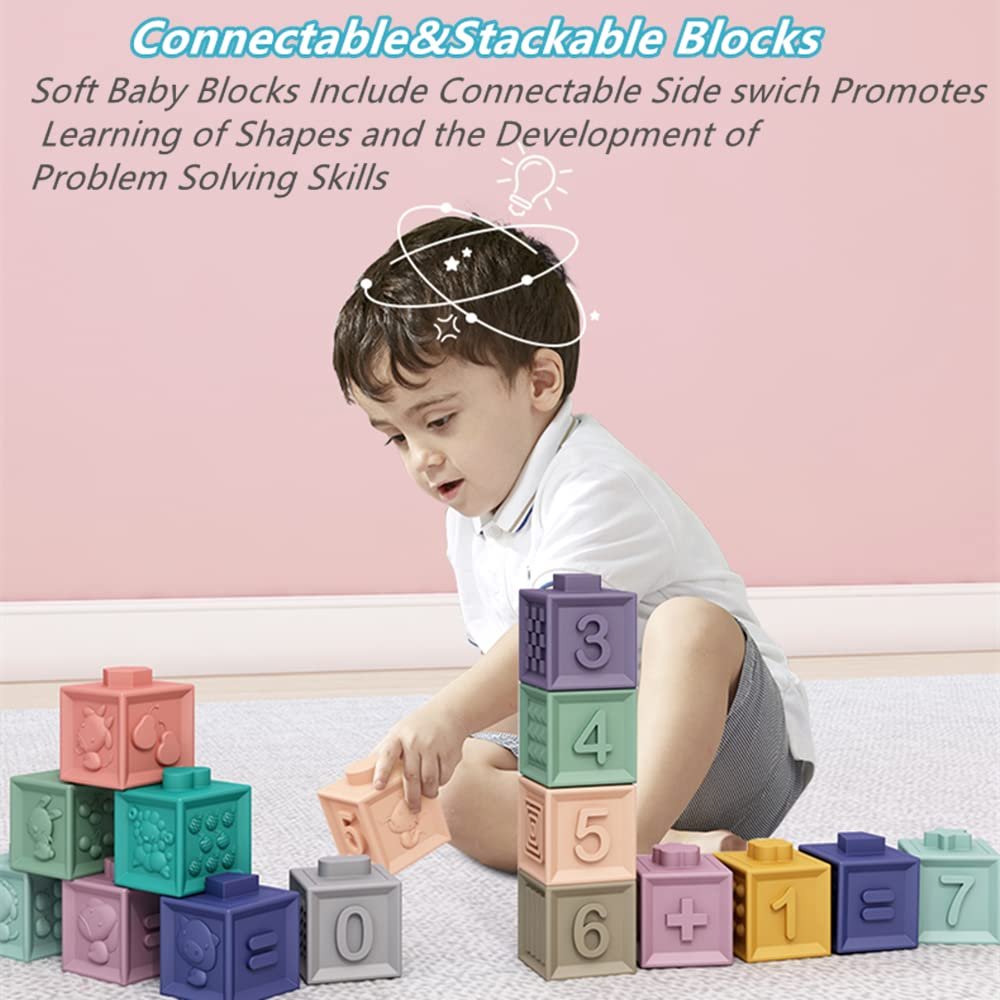The decline of pretend play, also known as imaginative or make-believe play, is concerning in today’s society. With the increasing busyness of our lives and the rise of technology, children are spending less time engaging in this form of play that is vital for their development. However, it is important to recognize the significant benefits that pretend play offers. Pretend play allows children to develop essential skills such as communication, self-regulation, problem-solving, social and emotional skills, creativity, and confidence. By encouraging and fostering pretend play, we can provide children with a well-rounded foundation for their future success.
Communication Skills
Read more about the latest articles
Play with language without pressure
In pretend play, children have the opportunity to play with language in a pressure-free environment. There are no tests or lessons to learn, allowing children to freely experiment with different words, phrases, and tones of voice. When engaging in role-play and assuming different characters, children must also consider what those characters might think or feel. This requires them to adapt their language accordingly, further developing their communication skills.
Consideration of others’ thoughts and feelings
Pretend play also encourages children to consider the thoughts and feelings of others. When playing with peers or siblings, they must navigate social situations and understand how their words and actions might impact others. This consideration of others helps children develop empathy and strengthens their ability to communicate effectively with others.
Self-Regulation
Working through feelings and frustrations
During pretend play, children may encounter situations that evoke strong emotions or frustrations. This provides them with an opportunity to work through these feelings in a safe and imaginative setting. They can experiment with different coping mechanisms and practice expressing their emotions in a healthy way.
Practicing emotional expression
Through pretend play, children can also practice expressing a wide range of emotions. They can explore different characters and their associated feelings, allowing them to expand their emotional vocabulary and develop a better understanding of their own emotions. This practice in emotional expression supports their overall emotional development.
Problem-Solving and Conflict Resolution
Opportunity for problem-solving
Pretend play offers children numerous opportunities for problem-solving. As they immerse themselves in imaginative scenarios, they encounter obstacles and challenges that require creative thinking to overcome. Whether playing alone or with others, children can develop their problem-solving skills by independently navigating these pretend challenges.
Practice resolving conflict
Conflict resolution is another crucial skill that can be cultivated through pretend play. When engaged in imaginative play with peers or siblings, conflicts may arise. These conflicts provide children with a chance to practice resolving disputes, negotiating, and finding mutually agreeable solutions. These experiences build the foundation for effective conflict management in real-life situations.
Social and Emotional Skills Development
Learning about turn-taking and sharing
Pretend play offers children the opportunity to learn about turn-taking and sharing. Whether playing family roles or engaging in group play scenarios, children quickly learn the importance of waiting their turn and sharing resources. These skills are essential for social interaction and cooperation, providing a solid foundation for future social interactions.
Developing empathy for others
Through pretend play, children are able to step into the shoes of different characters, experiencing their perspectives and emotions. This fosters the development of empathy, as children learn to consider the needs and feelings of others. This understanding and compassion for others are invaluable in building positive and meaningful relationships throughout their lives.
Creativity
Acting out different scenarios
One of the primary benefits of pretend play is its ability to facilitate creativity. Children can act out a wide variety of scenarios, from everyday situations to fantastical adventures. This allows them to explore different narratives and storylines, enhancing their imaginative capabilities.
Using imagination to inspire play
Imagination is at the core of pretend play. Children use their imagination to create worlds, characters, and narratives, which inspire their play. This imaginative thinking fosters creativity and encourages children to think outside the box, developing innovative problem-solving skills.
Confidence and Independence
Autonomy in directing play
Pretend play provides children with a sense of autonomy and control. They have the freedom to direct their own play and make decisions about the world they are creating. This independence builds confidence and self-esteem, as children feel capable and empowered in their ability to shape their play experiences.
Taking risks and feeling capable
Engaging in imaginative play allows children to take risks in a safe and controlled environment. They can explore new roles, experiment with different scenarios, and stretch their creative boundaries. This willingness to take risks fosters resilience and the belief that they are capable of overcoming challenges.
Right Age To Introduce Imaginative Play
Naturally occurring behavior in childhood
Pretend play is a naturally occurring behavior in childhood, meaning that children engage in it spontaneously as they grow and develop. From a young age, children will begin to engage in make-believe scenarios and use their imagination to create alternative worlds. It is important for parents and caregivers to recognize and encourage this natural inclination towards imaginative play.
Developmental milestones for pretend play
While pretend play can emerge at different ages for each child, there are some general developmental milestones to be aware of. Around 12-18 months of age, children typically begin to engage in object substitution, where one object represents something else. As they approach 3-5 years old, pretend play reaches its peak, with children focusing on pretend identities and exploring complex social scenarios. These milestones serve as a guide for parents to support and encourage their child’s imaginative play.
Less Structure
Dialing back pressure and over-scheduling
To foster imaginative play, it is important for parents to dial back pressure and over-scheduling in their child’s lives. By leaving time and space for unstructured play, children have the freedom to follow their own interests and engage in imaginative activities. This unstructured playtime provides the necessary environment for the development and expression of creativity.
Allowing child to drive their own play
When it comes to pretend play, it is essential to allow the child to drive their own play. Parents can provide a supportive environment and access to materials, but the child should be given the autonomy to choose the direction and content of their imaginative play. This freedom encourages independent thinking and self-expression.
Less Is More
Avoiding toy overload
Having too many toys can actually hinder imaginative play. When a child is overwhelmed by an abundance of toys, they may struggle to select one and fully engage in imaginative play. By reducing toy overload and providing a more focused selection of toys, children are encouraged to use their creativity and make the most out of their playtime.
Encouraging creativity and outside-the-box thinking
By avoiding an excessive number of toys, children are more likely to engage in creative, open-ended play. With fewer predetermined functions or rules, children are prompted to think outside the box and use their imagination to make the most of their play materials. This type of play encourages problem-solving skills and supports the development of innovative thinking.
Provide ‘Open-Ended’ Toys
Read more about the latest articles
Allowing for creative and representative play
Open-ended toys are those that do not have a specific purpose or prescribed use. These types of toys allow children to engage in creative and representative play, where they can use their imagination to transform the toy into various objects or characters. Examples of open-ended toys include building blocks, dolls, and art supplies.
Fostering more creativity and imagination
By providing open-ended toys, parents are fostering the development of creativity and imagination in their children. These toys encourage children to think beyond the limitations of a predetermined use and allow their imaginations to run wild. Open-ended toys support the exploration of different possibilities and help children develop their own unique play experiences.
In conclusion, pretend play offers numerous benefits for children’s development and well-being. From enhancing communication skills to fostering creativity, imaginative play provides a valuable platform for learning, problem-solving, and social interaction. By creating a supportive environment that encourages and nurtures pretend play, parents can play a vital role in promoting their child’s overall development.

















